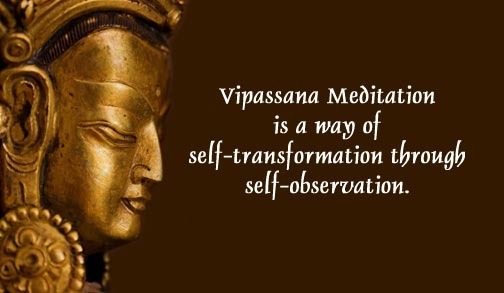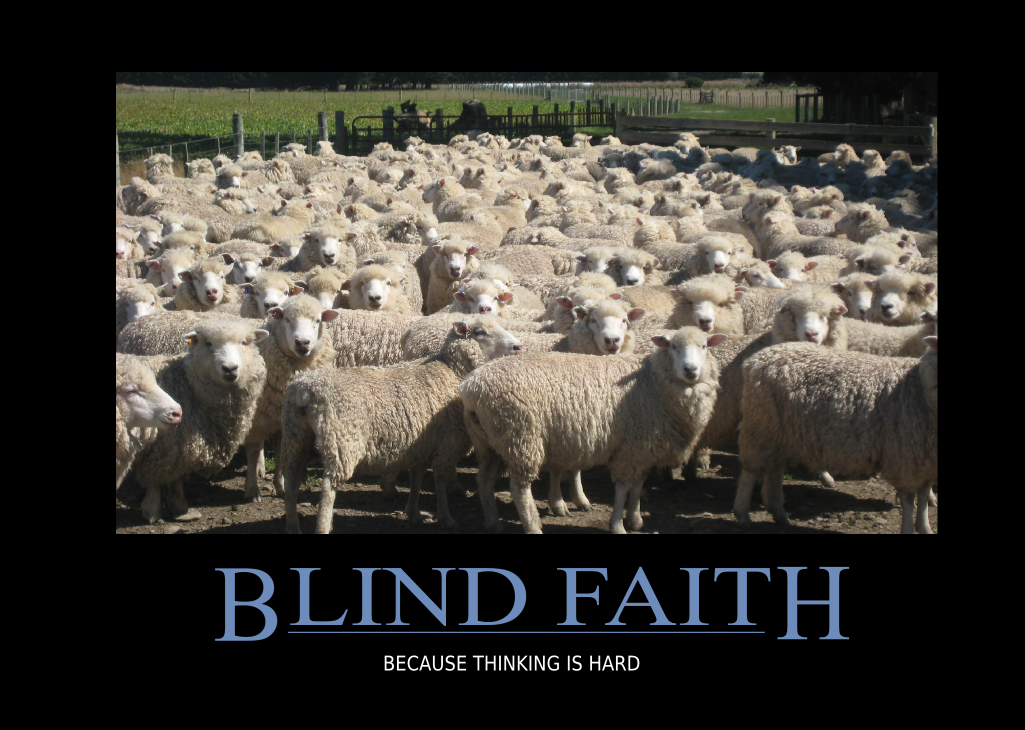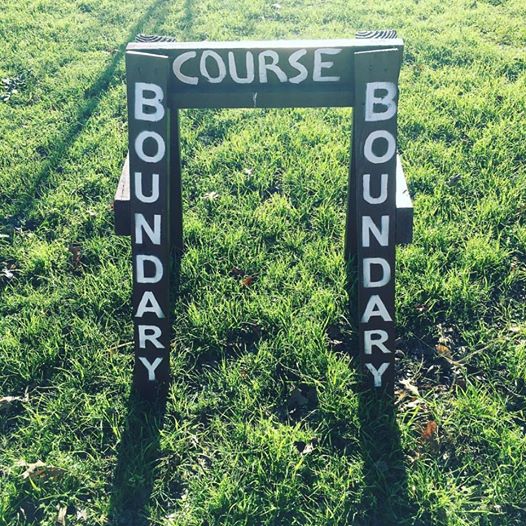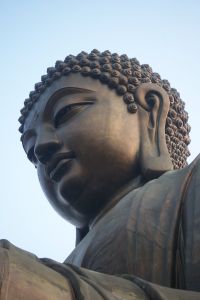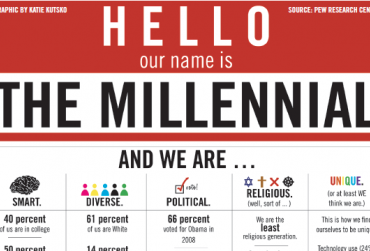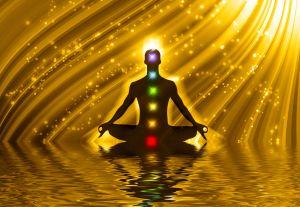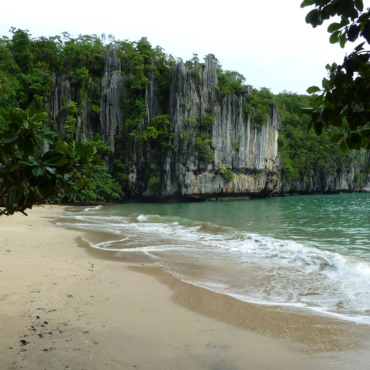I just got back from a 10-day retreat in Kaufman, Texas, where I learned teachings passed down for centuries from the man himself, Gautama Buddha. If learning to meditate like Buddha isn’t a great marketing spin for a meditation retreat, I don’t know what is! The seminar was a mind-blowing experience with its share of ups and downs. This is my story, and my take on the meditation technique of vipassana.
Seeking a Teacher, Not a Guru
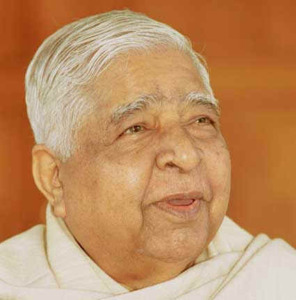
The retreat was posthumously hosted by S. N. Goenka (1924-2013) through a series of audio and video recordings from the early 1990’s. As I learned about Goenka, I became even more enamored with the practice. When their teachings break through to the masses, many gurus seem to lose their minds to ego and scandal by disregarding their own teachings. From sexually assaulting disciples to getting lost in the consumption of Rolexes and fleets of Rolls Royces, they seem to to expand the very material desires against which they preach. I was happy to find that Goenka lived his entire 89 years free of such scandal. He never called himself a guru and never tried to trademark or put his name on the technique. Born to a wealthy family in Burma, by his 20’s, Goenka was a successful businessman, yet found himself deeply unhappy with a psychosomatic illness of excruciating headaches. Perplexed doctors gave him morphine to control it, and he became addicted. Then, Goenka found the technique and his life transformed. After years of practice, he continued the tradition to share it with others through vipassana centers around the world.
The Gist of Vipassana
The idea of the practice is that, by looking within oneself with awareness and equanimity to the sensations we feel, one eventually discovers that all sensations – positive or negative – result in suffering. This is because the negative sensations cause us to have aversions toward them, and the positive sensations result in cravings of them. The practice is to witness without judgment every sensation caused by internal and external stimuli on our body. Then, instead of reacting with craving or aversion as we normally would, we acknowledgeall sensations equallyas transient things which arise and pass away. By witnessing reality as it is (instead of reality as we would like it to be), we begin to understand the true nature of reality. It is the nature of impermanence. In doing so, we purify the mind and cleanse deep-rooted imbalances stemming from our cravings and aversions of transient things.
The Dogma (or lack thereof)
Most religions involve blind faith. Whether that faith be in an unseen deity, a guru to completely trust against your own judgment, or etheric spirits, there is often an unscientific philosophy that “feels good” but doesn’t have objective evidence to substantiate its claims. The form of Buddhism presented by vipassana takes a non-secular approach. You simply follow the steps, and your personal experience yields major life transformations. As the mind is purified, suffering becomes eradicated. Vipassana is compatible with any religion or dogma, but it does not itself ask for blind faith. It only asks for your willingness to give an honest effort to the technique, then decide for yourself. Vipassana teaches that the proper way to practice Buddhism is not to worship the man, but rather, become a Buddha yourself through practice!
Buddhism and The West
Founded in a technique based in experience and arguably, science itself, it seemed quixotic to me that Buddhism had not become the religion of the West. With individualism lauded in the Western World, personal experience seemed like a great yardstick for us. Then, I realized – a religion that claims you have everything you need inside yourself would leave no need for constant consumption, so selling stuff to you becomes harder. A religion based on non-judgment makes authority figures unnecessary. Those who print money, income-only-driven corporations, or any of the other perceived false dichotomies that arise from from the reaction to cravings and aversions fade away as passing sensations.
My Experience
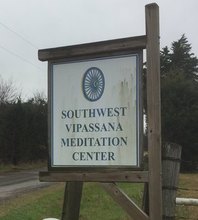
I’m not gonna lie – it ain’t easy. Though the course itself is totally free (a donation is not even accepted until after completion), you have to work for it. The morning wakeup bell is at 4am every day, and after 10 hours of meditation and an hour of (entertaining, yet long-winded) discourse from Goenka, the day ends around 9pm. Breakfast and lunch are vegetarian, and dinner is only tea and fruit. Also, the course is run under “noble silence” where students are not permitted to talk, make eye contact, or communicate with each other or the outside world for the duration. It was certainly not a vacation, though, by the end of it, I did feel liberated.
Ghosts and Spirits
Buddhists and physical scientists may not believe in spirits or inter-dimensional entities, but I sure do. With my experience of other “spiritual retreats” and my understanding that Buddhism did not directly acknowledge spirits, I thought these entities would have the run of the place as people unloaded their layers. Quite the contrary, I was surprised that there was a very sterile feel to the spiritual realm at the meditation center. It was as if spirits did not have permission to enter! Much as the placebo effect of skepticism stops many forms of spirit and faith-based healing from working their magic, it felt that the collective consciousness of this technique deemed spirits as “irrelevant.” This resulted in the external spirit world losing all power, and the “mind over matter” approach to the practice eradicated any spirit who dared try to tag along. This in and of itself was enlightening to me.
Day 1-3: Just Breathe
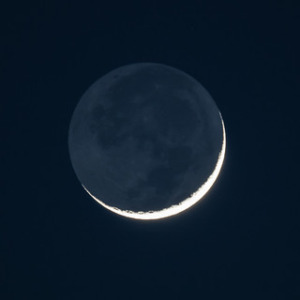
It sounds cliché that a meditation retreat should start with breathing, but that’s pretty much all it was for 3 days. We sat on the floor and breathed normally, witnessing the sensations in our nostrils. Imagine, 10 hours a day for three days doing nothing but focusing your entire attention on the triangle from the bridge of your nose to the edges of your nostrils! If we realized that our attention was diverted by other thoughts and that we were no longer witnessing our nostrils, we simply had to catch ourselves in the act. Then, without being depressed or unhappy for the minor failure, we’d redirect back to the sensation of breathing. It was quite a challenge, and in the time between breathing awareness, I relived many experiences – from girls I had a crush on back to the 2nd grade, to minor traumas and hardships of my years as a touring musician, to songs stuck on repeat in my mind, to future project ideas, to what I had or would have for lunch. The purification of my mind was underway.
The Worst of Times
By Day 4, I was going a bit crazy. I had an issue with some of the food they were serving. It was completely vegetarian, but the excess Tofu, wheat gluten rebranded as Seitan, and copious amounts of MSG in some of the soups had gotten to me. My hips were killing me from all the sitting, and I had developed a small sore in my mouth from accidentally biting my lip that seemed to persist for days. On day 4, the breathing continued, but now we had to focus our entire attention just on the small patch of skin between our nostrils and our upper lip! I was wondering where this was going. Would it be ten days of focusing my attention on a square centimeter patch of my Hitler moustache? Would we narrow our awareness down to a single atom or proton over the course? I was at my breaking point!
The Best of Times on the Same Day
At the end of day 4, the technique finally changed, and the dam broke for me. Instead of focusing on a square inch in a single spot on our body, we were taught to move that square inch through ALL parts of our body. We started at the top of our head and moved it all the way to our toes, feeling the sensations on every bit of skin along the way. Whether I was feeling the air on my hair, the cloth of my shirt on my arm, or my aching butt from sitting so long, everything was covered, and in doing so, I felt my energy shift. Where awareness goes, energy flows. In that one meditation, my mouth healed, the stench of MSG stopped permeating from my body, and my sanity returned. In a flash, I realized that this could indeed be a valuable technique for healing, and in time, perhaps even the liberation of my soul! The rest of the course was a continuation, expansion, and refinement of this awareness exercise. By the end, I was able to feel sensations over my entire body, inside and out, as well as sit still for an entire hour without moving.
Baby Steps
Of course, I didn’t reach full enlightenment in 10 days, but though the experience, I could see how the technique could lead to it. As I did the math, I realized we are all heading this way as the next step of human evolution. As I learn the value of serving others and see the path towards infinite oneness, I begin to understand that material desires and earthy experiences can be viewed only as detours from the path. These illusory and impermanent experiences begin to appear only as fodder for temporary entertainment. In this way, they can ultimately be viewed as suffering because chasing transience appears insane when there is a direct path to infinity. In the mean time, all we can do is witness reality as it is without getting caught up in it by our own cravings and aversions. In doing so, I believe we can indeed become a Buddha and find enlightenment. The road map has been highlighted; it’s up to us to drive it through practice.



